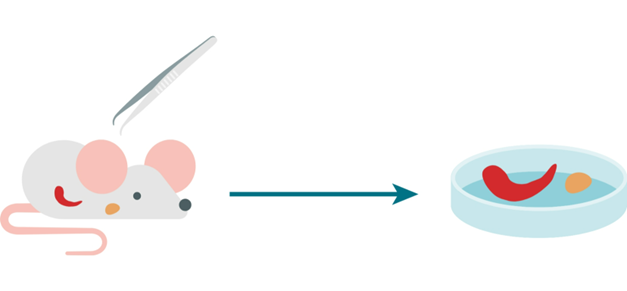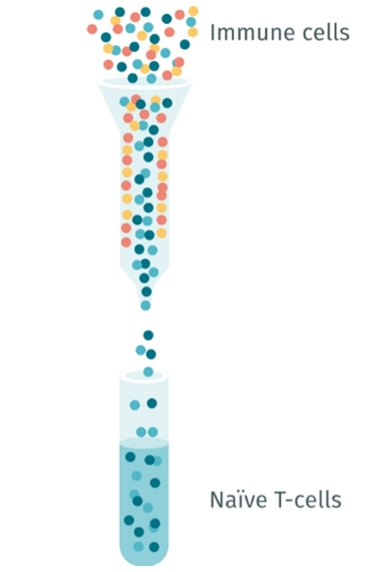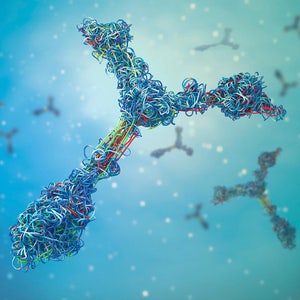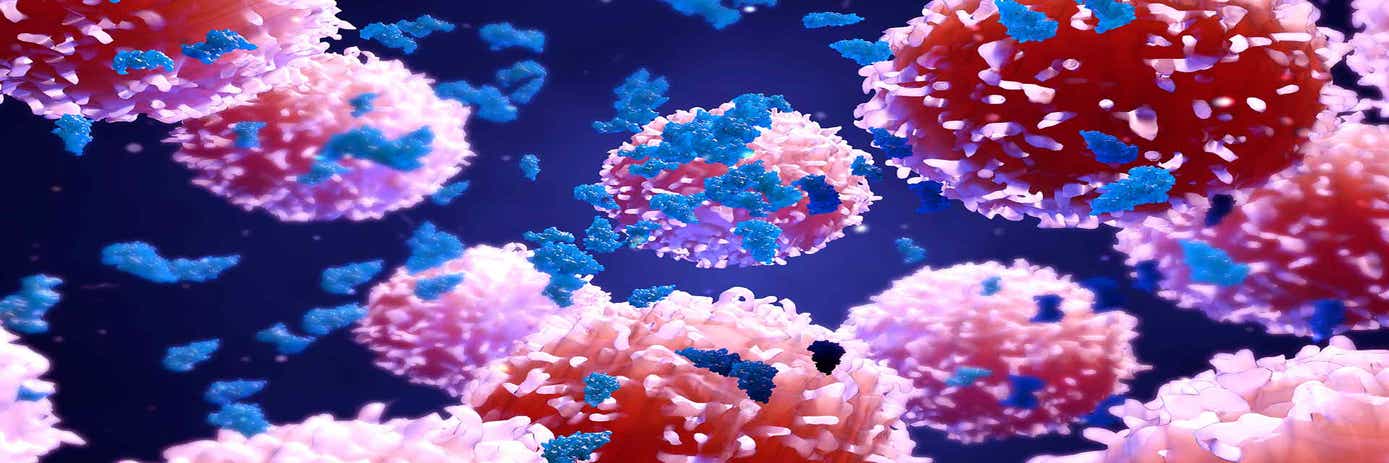
We all know that a better understanding of immunology has enabled many improvements in disease treatments. So naturally, you want to profit from this trend. To do so, you need to know the best way to isolate your naïve CD4+ T lymphocytes.
Cell isolation is a critical step which must be carried out before the differentiation steps which lead to experiments. Due to the central role of isolation, researchers (like you) have already studied the process to find ways to improve our understanding of diseases – and that’s why the following paragraphs can give you some helpful advice.
What is a naïve CD4+ T lymphocyte?
The soldiers of our immune system
We know that CD4+ T cells help destroy pathogenic agents by activating other immune system cells, like CD8+ T cells and B cells. They are called “naïve” when they have never been stimulated by a pathogenic agent.
Nowadays, at least seven CD4+ T cells subsets are known to exist. They differ in their cytokinic secretion profiles and their functions: Th1, Th2, Th9, Th17, Th22, TFH (follicular helper T cell) and iTreg (induced-regulatory T cell) (O’Shea, J. J. and W. E. Paul, 2010).
The maturation of CD4+ T cells
Naïve CD4+ T lymphocytes come from hematopoietic stem cells. The maturation of these stem cells into naïve CD4+ T lymphocytes begins in the bone marrow. From there, immature T cells migrate to the thymus, where they continue their maturation. The thymus and the bone marrow are primary lymphoid organs and from there, cells migrate to secondary lymphoid organs (spleen and lymph nodes) via the blood. Once in the secondary organs, they can be activated if they meet certain specific antigens.

Schematic representation of naïve CD4+ T lymphocyte maturation
Isolation of naïve CD4+ T cells
Step 1: Harvest of the spleen and lymph nodes from mouse
Where can we find your cells of interest?
For the dissection, you should choose a euthanasia method which prevents the animal from feeling any pain (the choice does not affect your assay in any way).
To do the isolation of the naïve CD4+ T cells, you must recover secondary lymphoid organs, i.e. the spleen and lymph nodes. You will find the spleen under the stomach and above the intestine on the right when you look at the mouse. The lymph nodes are more complicated to get out! You can find some of them just above the bladder (around the uterus, in a female), under the foreleg shoulder joints and in the neck.

Schematic representation of fresh spleen and lymph node extraction
All these freshly recovered organs are placed in a dish containing the complete medium. Then the spleen and lymph nodes are physically separated.
Step 2: Cell separation using a BioLegend kit
How do I recover only my naïve CD4+ T lymphocytes?
The next step consists of an isolation of naïve CD4+ T cells by using a negative selection protocol and MojoSort™ Mouse CD4 Naïve T Cell Isolation Kit, following BioLegend’s recommendations. MojoSort bead reagents can be used on columns with the proper dilution. Contact our technical services group for more information.

To isolate the desired mouse naïve CD4+ T cells, the heterogeneous immune cell sample (such as mouse spleen cells) will be filtered and resuspended to a cell concentration of 1 x 108 cells/mL. Then, a Biotin-Antibody Cocktail is added and incubated on ice for 15 minutes. Next, Streptavidin Nanobeads are added and incubated with the sample on ice for 15 minutes, followed by the addition of MojoSort Buffer. The sample is then loaded into a cell separation column for negative isolation. The unlabeled cells of interest are collected while the bead-bound unwanted cells are retained in the column.
After elution of the fraction of interest, you can count your cells.
After these steps, you can say “I did it!” Bravo!
But now, how about differentiating them? You cannot leave the cells like that! Have a look at our other blog post Differentiate your naïve CD4+ T lymphocyte into Th17 you will certainly find what you need.
But if you are tired and you would prefer to work on your cells later, you can simply freeze them. I suggest you read our other blog post, which can guide you in your freezing manipulation. Take it easy…
For research use only. Not for use in diagnostic procedures
The information provided above is solely for informational and research purposes only. The information does not constitute medical advice and must not be used or interpreted as such. Consult a qualified veterinarian or researcher for specific guidance or use information. Revvity assumes no liability or responsibility for any injuries, losses, or damages resulting from the use or misuse of the provided information, and Revvity assumes no liability for any outcomes resulting from the use or misuse of any recommendations. The information is provided on an "as is" basis without warranties of any kind. Users are responsible for determining the suitability of any recommendations for the user’s particular research. Any recommendations provided by Revvity should not be considered a substitute for a user’s own professional judgment. Users are solely responsible for complying with all relevant laws, regulations, and institutional animal care and use committee (IACUC) guidelines in their use of the information provided.











































